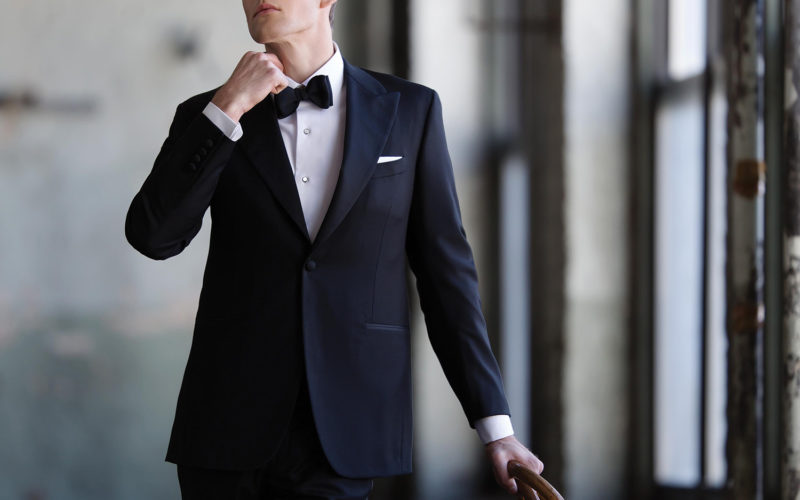Q. I am a young professional man who likes to dress well, but also to stand out from the crowd of very conservative dressers. However, my best (male) friend and my wife tell me that sometimes I go overboard and stand out for the wrong reasons. What suggestions do you have that will allow me to satisfy my goal but not end up looking like a clown or otherwise inappropriate?
A. If a man wears a garment that is unique enough to be noticed, then he must limit himself so that everything else he is wearing is rather conservative/versatile. Clothes can be divided into ”basic” items that you can wear frequently because they are not eye-catching/memorable vs. “less common” items that are unusual enough to be noticed/remembered and, therefore, should not be worn very often.
Here are some time-span guidelines for classic garments (“Basic” items) that you can wear more often vs. distinctive garments (“Less Common” items) that you should rotate more slowly and wear on fewer occasions.
SUITS:
- Basic – Solid grays, navies, and khakis.
- Less Common – Glen plaids, pin- and shadow-stripes, herringbone tweeds, checks, and seersuckers.
BLAZERS and SPORTS COATS:
- Basic – Navy blue, charcoal gray, camel, and small tweeds.
- Less Common – Glen plaids, houndstooth checks, window-pane plaids, and bold tweeds.
SHIRTS:
- Basic – Solids in white, light blue, ivory; narrow stripes in broadcloth and Oxford cloth.
- Less Common – Solids in pink, deep blue, and bright yellow, plus patterns in bold Bengal stripes, tattersalls, and plaids.
TIES:
- Basic Go-with-almost-everything types – Solid navy, black, brown, burgundy in knits and wovens. Most stripes, foulards, dots, small paisleys, and club patterns.
- Less Common – Unique patterns, oversized stripes, large paisleys, bow ties, pastels, silvery blues, bright colors in yellow, orange, red, green, and purple.
SWEATERS:
- Classic – Solids in navy, gray, beige, burgundy, or black. All styles: V-necks, crew necks, zip-necks, sleeveless vests, and cardigans.
- Less Common – Solids in bright yellow, white, red, or pastels. Argyle and Fair Isle patterns, stripes, large cable-stitch weaves, and other unusual/off-beat patterns.
To summarize: Quiet, classic designs and colors are versatile; they can be repeated and worn often. Unique, eye-catching garments are more memorable and, thus, more limited as to where you wear them and how often to repeat them.
Attention-grabbing garments require restraint not only as to how frequently you wear them but also as to what you wear with them. Anything that is noticeable or unique enough to be remembered should literally stand alone. Do not combine it with another item that is also memorable enough (in color or pattern) to compete with it. In other words, do not wear more than one “special” item in an outfit. There really can be too much of a good thing.
The well-dressed man wants people to notice that he looks good, but not necessarily to notice some specific unusual item he is wearing. It’s also nice if others think of him as a man who uses color well, who is well groomed, and whose clothes always fit him perfectly. .
Please send your men’s dress and grooming questions to MALE CALL: Lois.Fenton@prodigy.net









